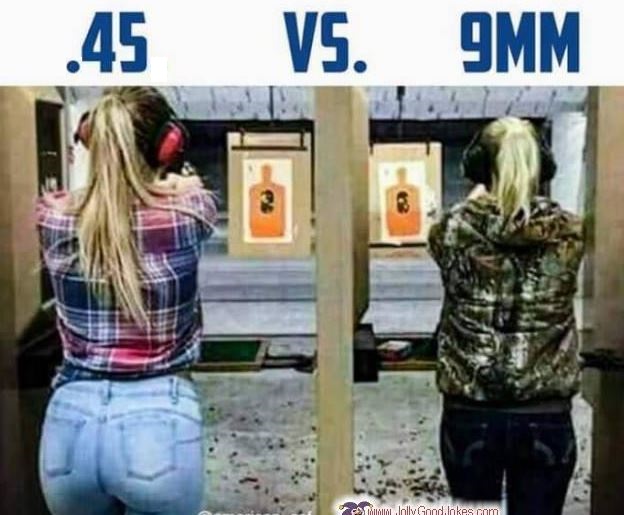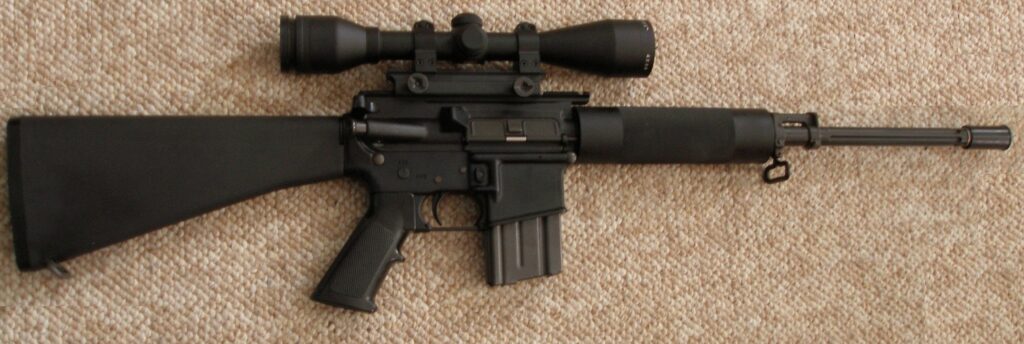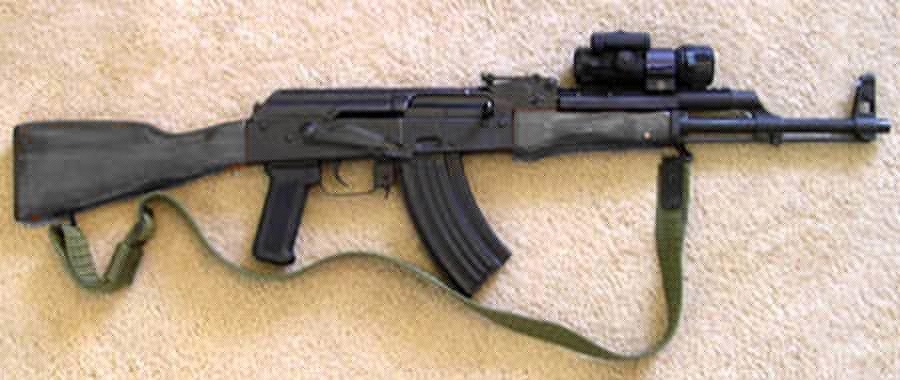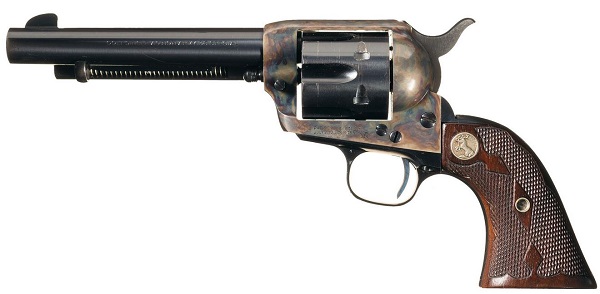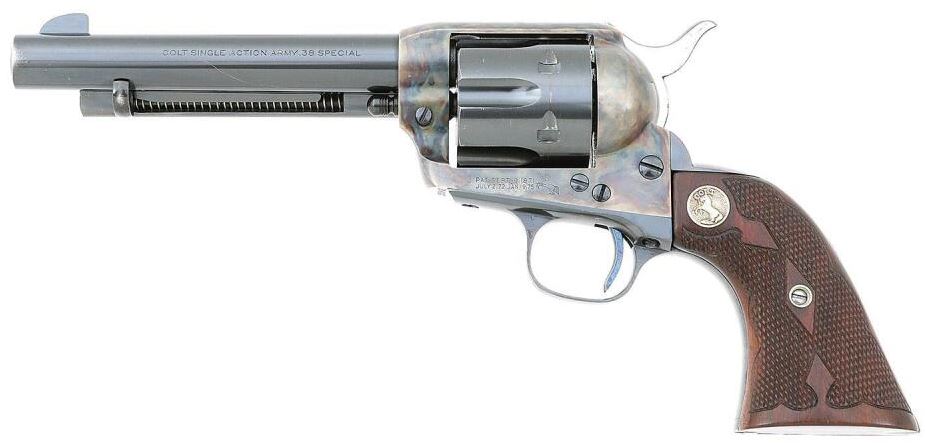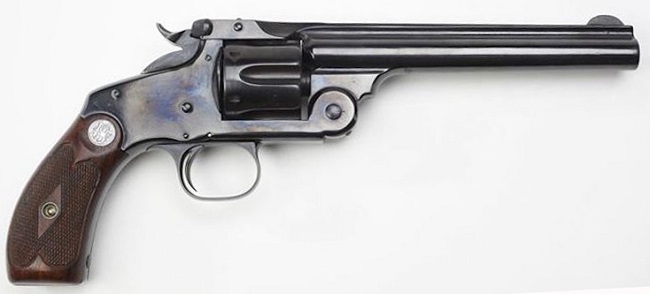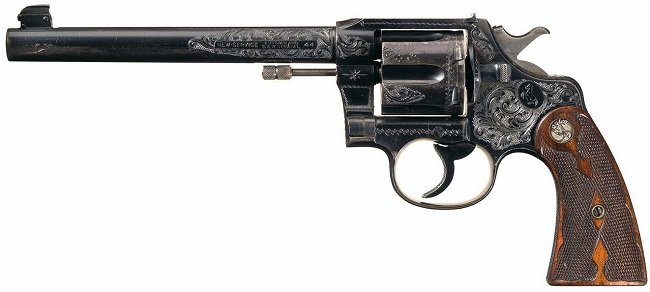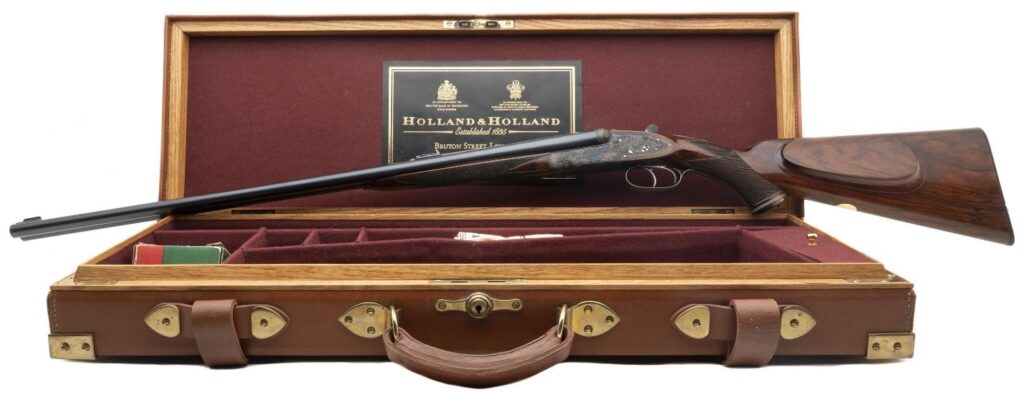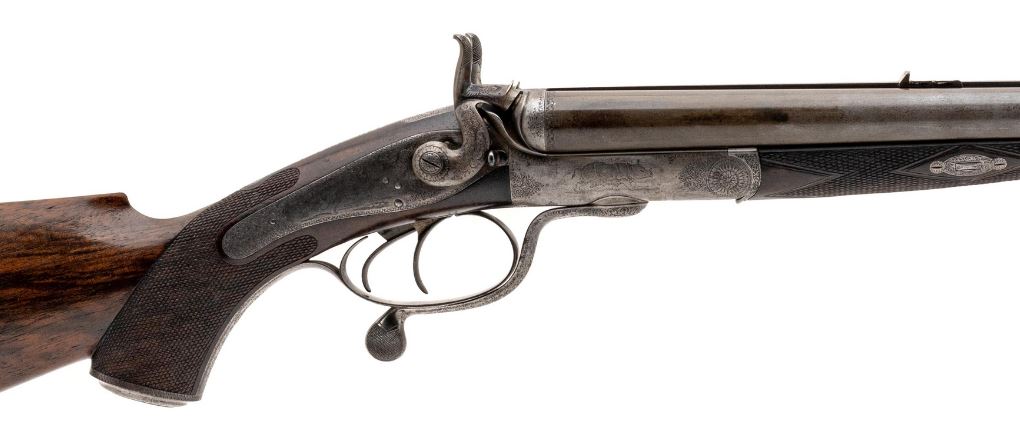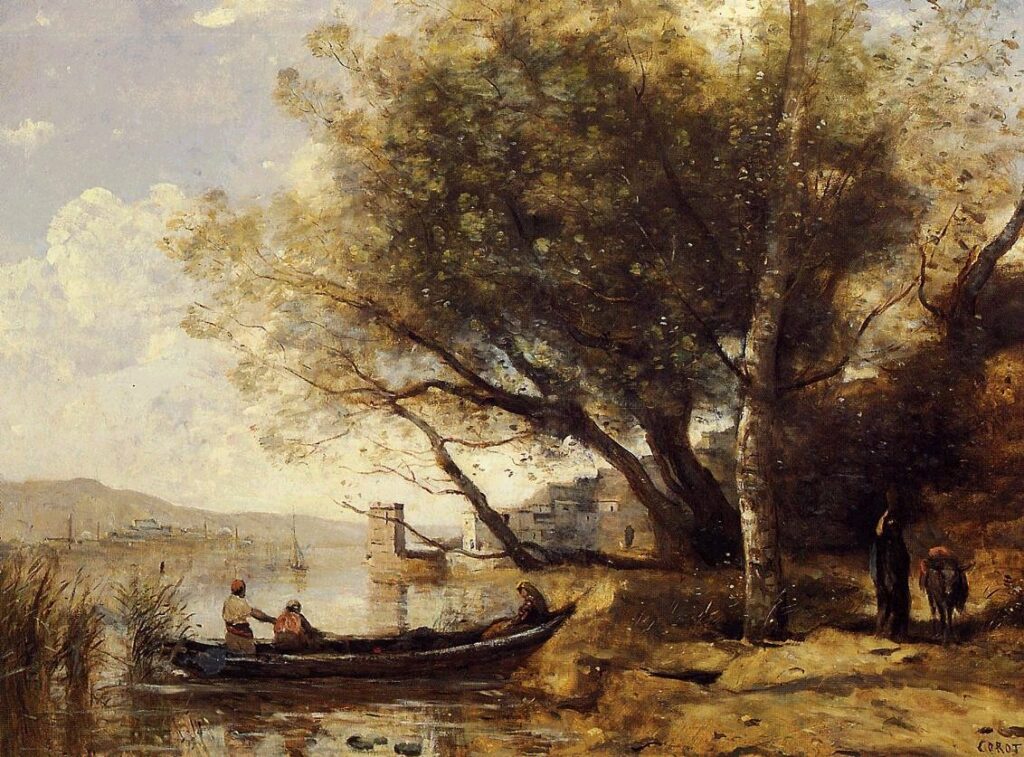Once more, that Evil Purveyor Of Death Steve Barnett shows us this (albeit misspelled) offering:

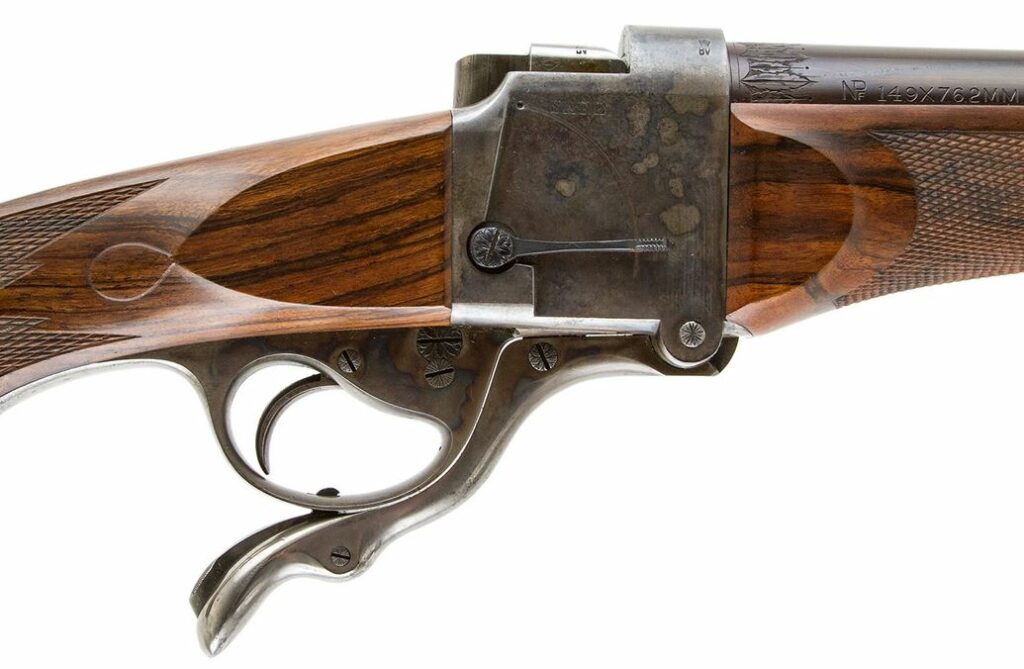

I talked a little but about the joys of single-shot hunting back here, and honestly, the rifle above touches all my buttons: history, heritage, challenge, and peerless reliability. Also, it looks wonderful. (Here’s the whole story on this rifle and action type, and looking at this particular one, the “NP” — No Patent — stamp means it’s most likely a Gibbs-made rifle rather than an original Farquharson.)
The Farquharson action has been much copied, most recently by Ruger for its No. 1:

…and subsequent models of the same ilk. But if you do a side-by-side comparison, the older rifle has it over the Ruger by a country mile. Is that difference worth about $12,000? Maybe not, but then someone who wants to buy a different rifle (that “history, heritage, challenge, and peerless reliability” thing) isn’t going to worry about such trifles.
Me, I’ll stick to my Browning High Wall — Chuck Hawks compares the Ruger and Browning here — but were I to venture into single-shot-dangerous-game hunting, I’d have to get something else, because the High Wall was never issued in anything larger than .45-70 Govt, and certainly not in the monster .577 NE. (I suspect that the High Wall could handle the larger cartridge, but I’d only test it on someone else’s gun.)

Not that I’m ever likely to want to shoot the .577 NE, of course. The Winchester .458 Magnum is about as high as (and maybe even a bit higher than) I would care to handle, according to my shoulder.
But for the collector, this Farq is lovely and in my opinion, worth every penny.

